《果然新鲜》电商项目(33)-动静分离的实现
Posted IT刘老师
tags:
篇首语:本文由小常识网(cha138.com)小编为大家整理,主要介绍了《果然新鲜》电商项目(33)-动静分离的实现相关的知识,希望对你有一定的参考价值。
文章目录
1.动静分离与前后分离
首先必须理解动静分离与前后分离区别?
动静分离: 动态资源(jsp、thymeleaf)与静态资源(js、img、css)分开部署
前后分离: 前端进行开发接口与视图(例如分开独立 VUE),后端开发实际的业务代码。
我们知道在一个网站中,如果把动静态资源都放在一个服务器是很占宽带资源的。比如:1M的带宽,实际下载的速度是128kb/s,而我们的静态资源(css、js、img)文件大小比较大,比如要下载一张图片512kb,那么:
当前带宽1M=128kb/s
一张图片512kb/128=4s
可想而知,客服端仅加载一张图片,显示的时间都需要4s了,这是用户体验极差的,那么该如何解决呢?
方案:
- 使用nginx做动静分离(比较少公司用,不能做
CDN内容分发,占用带宽与没动静分离一样大) - 让第三方服务商帮我们处理静态资源(如七牛云、阿里云
oos、腾讯云等等)、
像七牛云、阿里云、腾讯云这些服务商,它们提供了静态资源存储服务器外,还内置了CDN内容分发功能( 所谓的CDN内容分发:就是将静态资源服务器会部署全国各个服务器节点,用户访问的时候,遵循就近原则就近原则,提高网络速率),这样不仅提高了服务器的响应时间,也很有效的提高了用户的体验,我以阿里云为例子画了一张动静分离的原理图,如下:
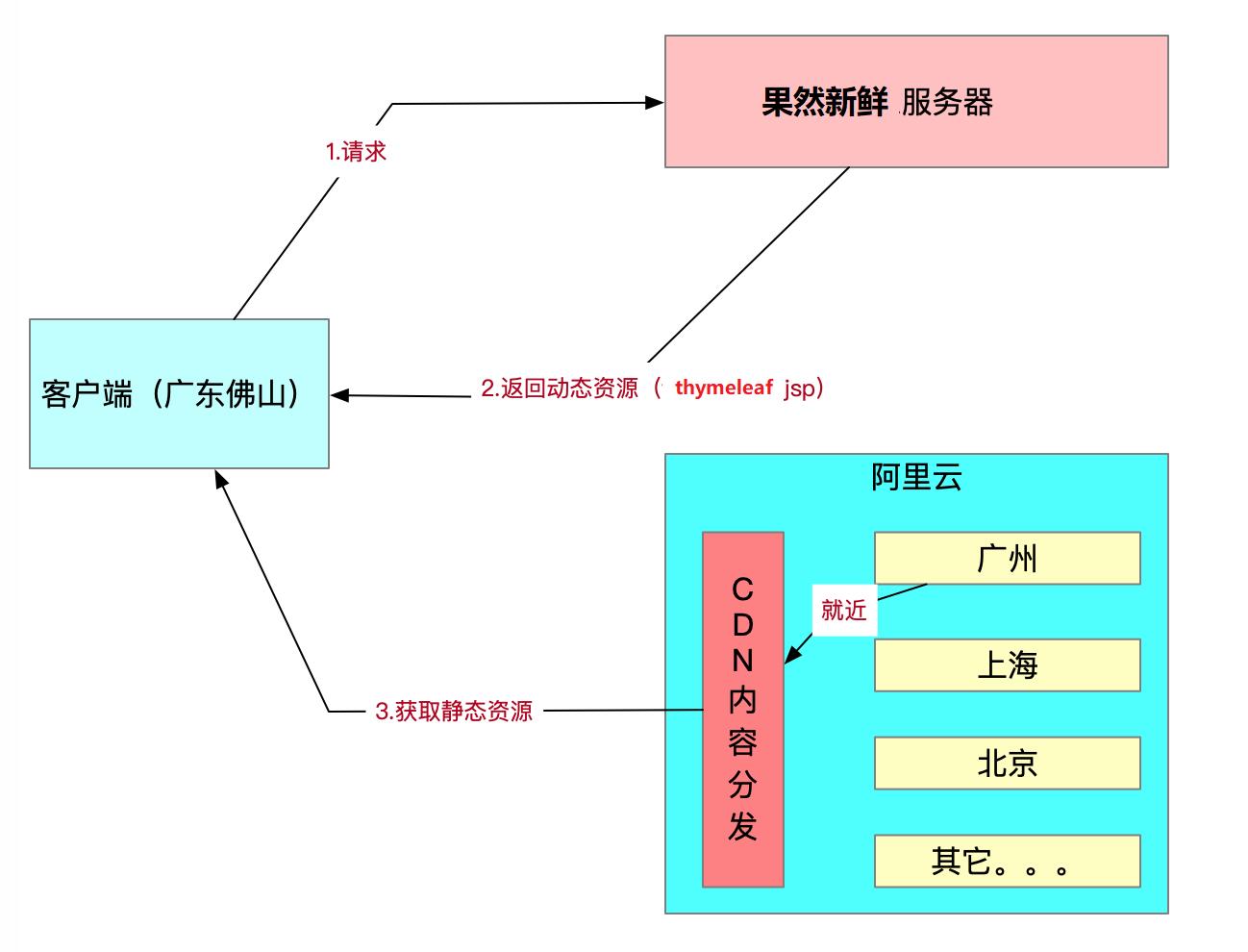
2.那么动静分离有什么缺点呢?
- 跨域问题(可以使用Nginx解决)
- 如果服务商宕机了,导致资源加载不了
3.第三方服务商的地址
七牛云:https://www.qiniu.com/
阿里云:https://www.aliyun.com/
加粗样式:https://cloud.tencent.com/
4.七牛云使用
4.1.注册并登录七牛云平台
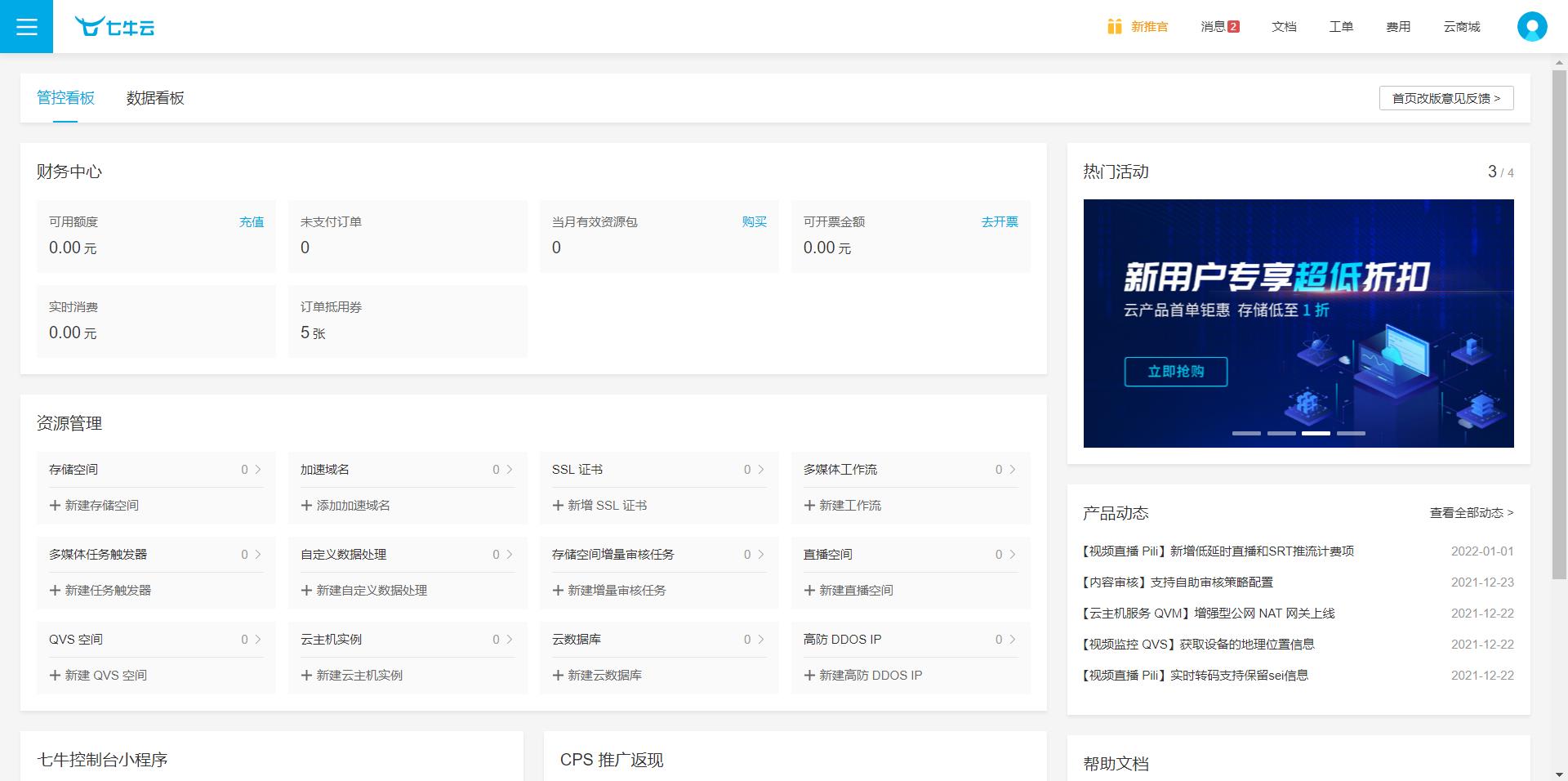
4.2.注册并登录七牛云平台
点击对象存储

空间管理—>新建空间

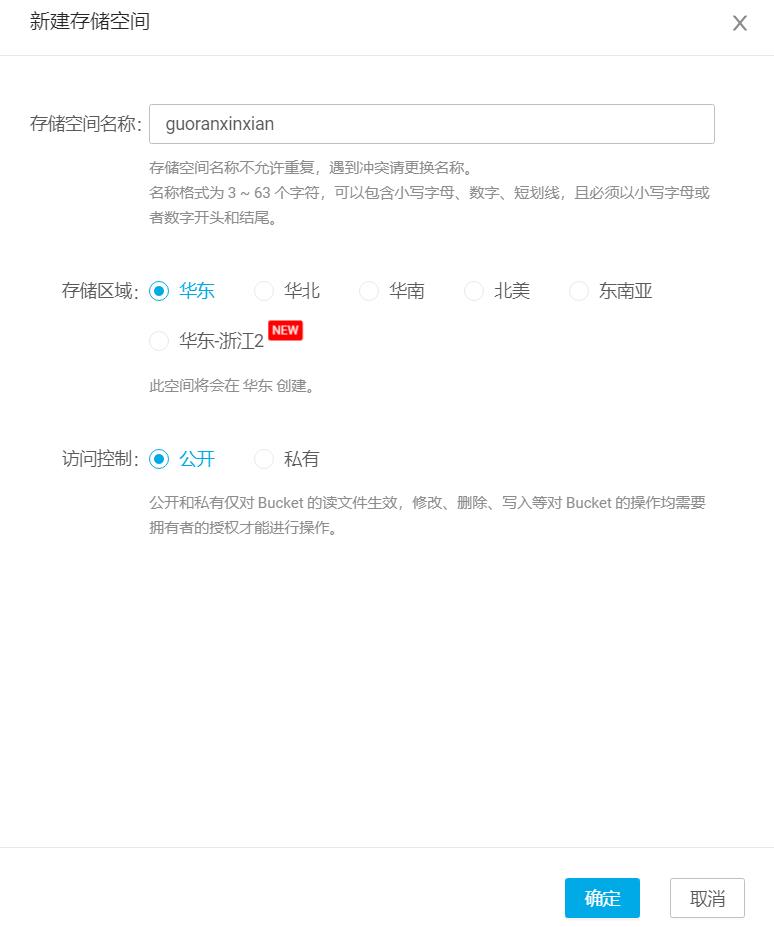

上传资源文件


文件查看
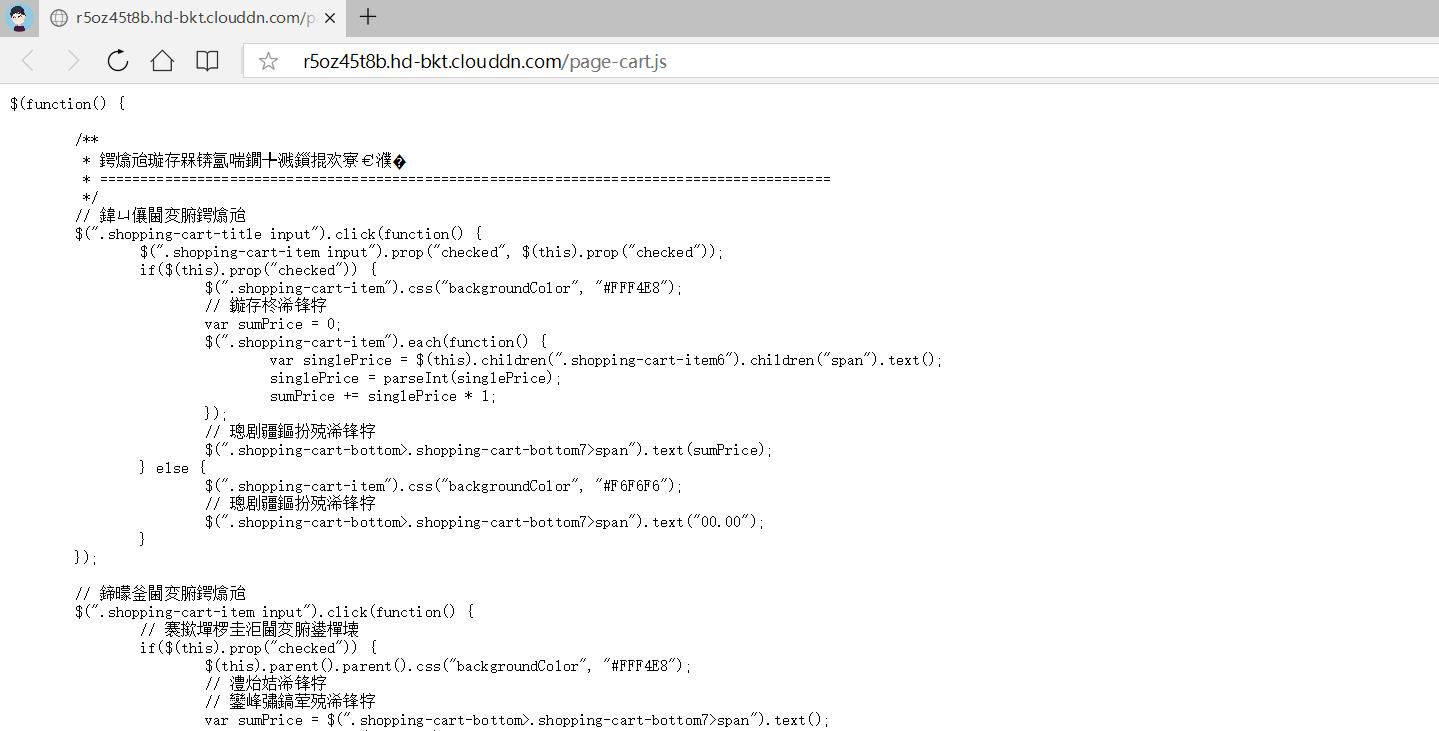
5.绑定域名
未绑定域名的文件外链是只可以临时,所以需要绑定域名,并且域名是需要已经备案成功了域名
1、点击空间预览,点击立即绑定域名

2、在这里填写您要绑定的域名
这里的域名填一个二级域名就可以了,例如您的域名是www.baidu.com ,就填一个file.baidu.com ,填好之后点击创建
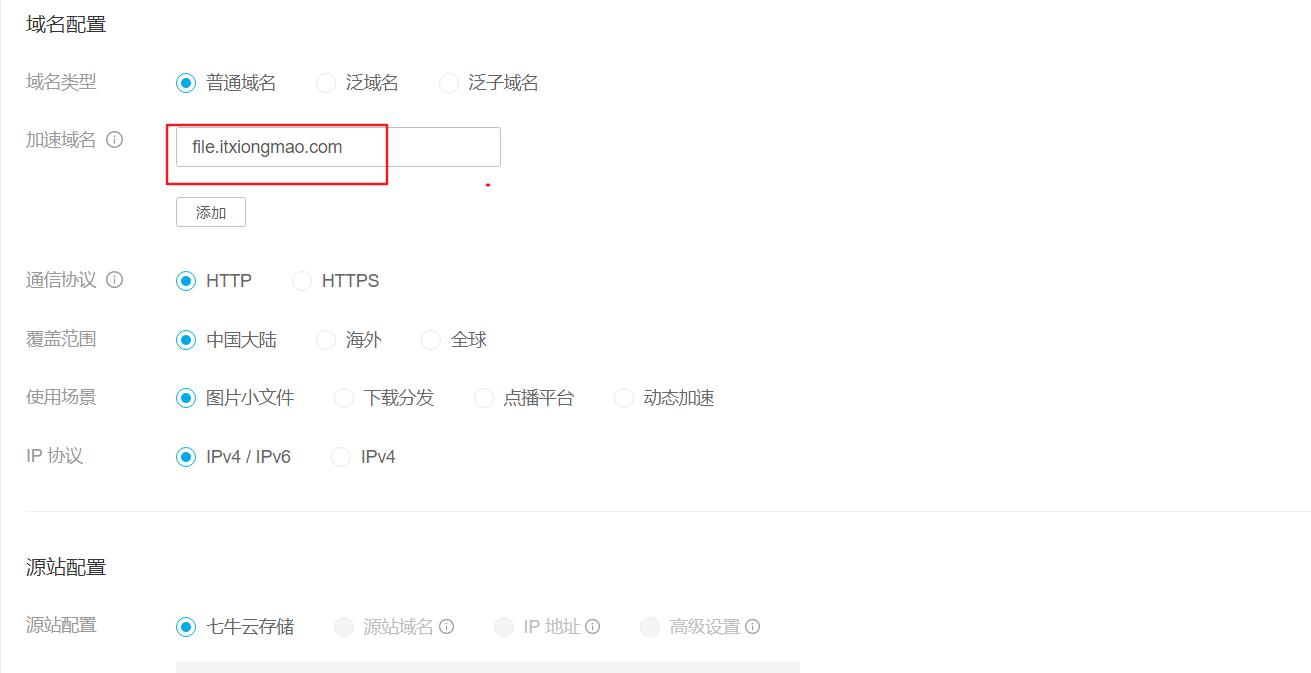
3、创建成功之后七牛云会生成一个cname解析地址

6、配置cname
1、登录您的域名管理的地址(例如您的域名是在阿里云,就登录阿里云)
2、进入管理控制台,找到域名管理,添加一条解析

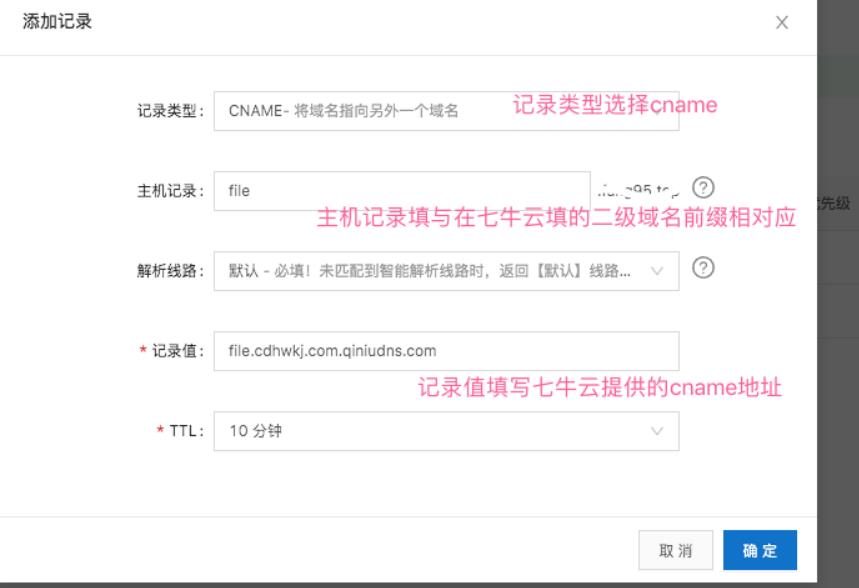
这是在七牛云填的域名前缀和七牛云提供的cname地址
4、解析成功后,返回七牛云看域名状态,如显示成功,那么文件外链就可以正常使用了

7.springboot整合七牛云实现图片上传
7.1.依赖
<dependencies>
<!--Web开发场景启动器:把Web开发相关的依赖全部一起整合导入-->
<dependency>
<groupId>org.springframework.boot</groupId>
<artifactId>spring-boot-starter-web</artifactId>
</dependency>
<!-- 七牛云SDK -->
<!-- 七牛云 -->
<dependency>
<groupId>com.qiniu</groupId>
<artifactId>qiniu-java-sdk</artifactId>
<version>[7.2.0, 7.2.99]</version>
</dependency>
<dependency>
<groupId>org.projectlombok</groupId>
<artifactId>lombok</artifactId>
</dependency>
<dependency>
<groupId>com.google.code.gson</groupId>
<artifactId>gson</artifactId>
<version>2.6</version>
</dependency>
<!--thymeleaf场景启动器-->
<dependency>
<groupId>org.springframework.boot</groupId>
<artifactId>spring-boot-starter-thymeleaf</artifactId>
</dependency>
</dependencies>
2.2.配置文件
# 如果SpringBoot不写配置文件,那么使用SpringBoot默认的配置文件的值
server.port=8080
# thymeleaf 配置
# 模板引擎的位置
spring.thymeleaf.prefix=classpath:/templates/
# 启动是否检查位置
spring.thymeleaf.check-template-location=true
# 模板引擎的后缀
spring.thymeleaf.suffix=.html
spring.thymeleaf.encoding=UTF-8
spring.thymeleaf.servlet.content-type=text/html
spring.thymeleaf.mode=HTML5
# 开发阶段不需要缓存
spring.thymeleaf.cache=false
qiniu.accessKey=xxxxxxxxxxxxxxxxxxxxxxxxxxxxxxxxx
qiniu.secretKey=xxxxxxxxxxxxxxxxxxxxxxxxxx
qiniu.bucket=guoranxinxian
qiniu.path=http://up.qiniup.com
qiniu.webPath=http://file.itxiongmao.com
2.3.配置类
package com.bruce.config;
import com.google.gson.Gson;
import com.qiniu.common.QiniuException;
import com.qiniu.common.Zone;
import com.qiniu.http.Response;
import com.qiniu.storage.Configuration;
import com.qiniu.storage.UploadManager;
import com.qiniu.storage.model.DefaultPutRet;
import com.qiniu.util.Auth;
import lombok.Data;
import org.springframework.beans.factory.annotation.Value;
import org.springframework.boot.context.properties.ConfigurationProperties;
import org.springframework.stereotype.Component;
import java.io.FileInputStream;
@Data
@Component
public class QiNiuYunConfig
@Value("$qiniu.accessKey")
private String accessKey;
@Value("$qiniu.secretKey")
private String secretKey;
@Value("$qiniu.bucket")
private String bucket;
@Value("$qiniu.path")
private String path;
@Value("$qiniu.webPath")
public String webPath;
public String uploadImgToQiNiu(FileInputStream file, String filename)
// 构造一个带指定Zone对象的配置类,注意后面的zone各个地区不一样的
Configuration cfg = new Configuration(Zone.zone0());
// 其他参数参考类注释
UploadManager uploadManager = new UploadManager(cfg);
// 生成密钥
Auth auth = Auth.create(accessKey, secretKey);
try
String upToken = auth.uploadToken(bucket);
try
Response response = uploadManager.put(file, filename, upToken, null, null);
// 解析上传成功的结果
DefaultPutRet putRet = new Gson().fromJson(response.bodyString(), DefaultPutRet.class);
// 这个returnPath是获得到的外链地址,通过这个地址可以直接打开图片
String returnPath = getWebPath() + "/" + putRet.key;
return returnPath;
catch (QiniuException ex)
Response r = ex.response;
System.err.println(r.toString());
try
System.err.println(r.bodyString());
catch (QiniuException ex2)
//ignore
catch (Exception e)
e.printStackTrace();
return "";
关于地区的编码 可查看官方文档七牛云:https://developer.qiniu.com/kodo/1671/region-endpoint-fq
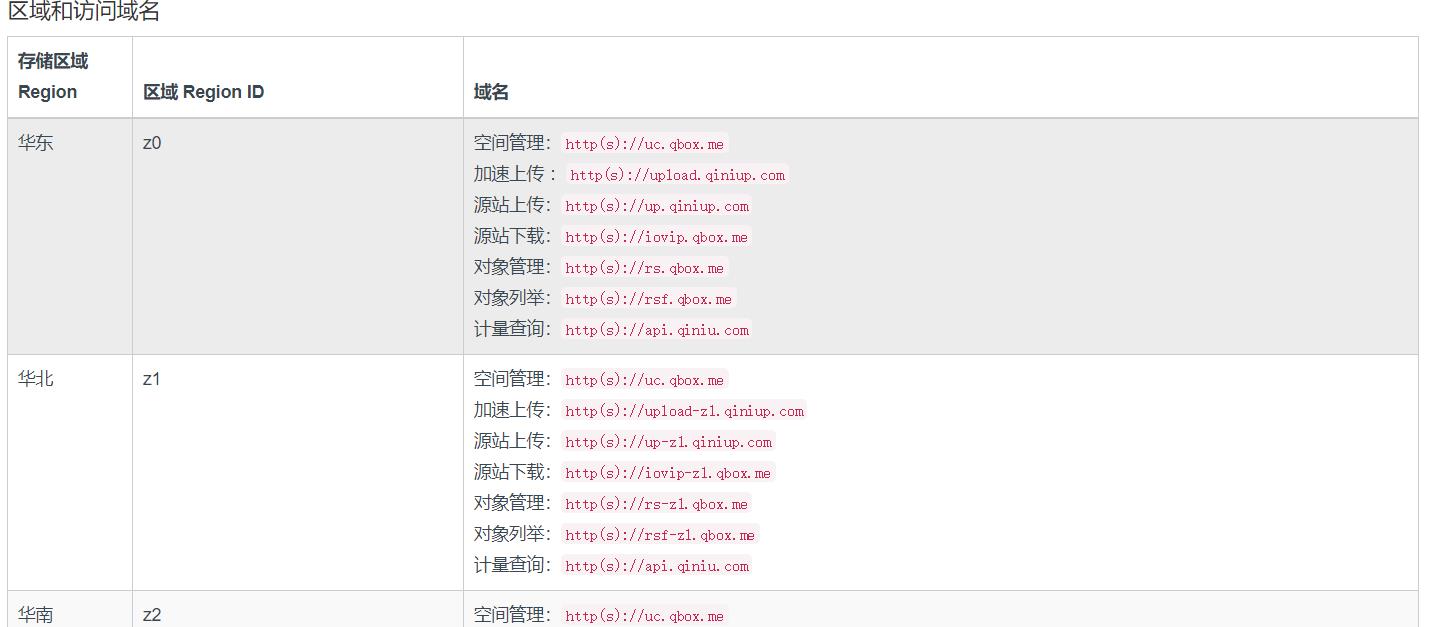
// 构造一个带指定Zone对象的配置类, 注意这里的Zone.zone0需要根据主机选择
Configuration cfg = new Configuration(Zone.zone0());
2.4.控制器
package com.bruce.controller;
import com.bruce.config.QiNiuYunConfig;
import org.springframework.beans.factory.annotation.Autowired;
import org.springframework.stereotype.Controller;
import org.springframework.ui.Model;
import org.springframework.web.bind.annotation.GetMapping;
import org.springframework.web.bind.annotation.PostMapping;
import org.springframework.web.bind.annotation.RequestParam;
import org.springframework.web.multipart.MultipartFile;
import java.io.FileInputStream;
import java.io.IOException;
import java.util.UUID;
@Controller
public class QiNiuYunController
@Autowired
private QiNiuYunConfig qiNiuYunConfig;
@GetMapping("/upload","/")
public String upload()
return "upload";
@PostMapping("/qiniu")
public String qiNiuYunUpload(@RequestParam("file") MultipartFile file,
Model model) throws IOException
String filename = file.getOriginalFilename();
FileInputStream inputStream = (FileInputStream) file.getInputStream();
//为文件重命名:uuid+filename
filename = UUID.randomUUID()+ filename;
String link = qiNiuYunConfig.uploadImgToQiNiu(inputStream, filename);
model.addAttribute("link", link);
return "upload";
2.5.前端页面
<!DOCTYPE html>
<html lang="en" xmlns:th="http://www.thymeleaf.org">
<head>
<meta charset="UTF-8">
<title>上传文件</title>
</head>
<body>
<form action="/qiniu" method="post" enctype="multipart/form-data">
<label>上传图片</label>
<input type="file" name="file"/>
<input type="submit" value="上传"/>
<p>回显图片:</p>
<img th:src="$link"/>
</form>
</body>
</html>
以上是关于《果然新鲜》电商项目(33)-动静分离的实现的主要内容,如果未能解决你的问题,请参考以下文章